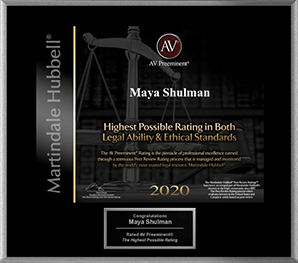Today, DNA technology is modernizing the world of unconventional pregnancies, often involving donors and surrogates. For a 32 year old woman in Greece, this helped her birth her first healthy baby boy after four unsuccessful attempts with the InVitro Fertilization (IVF) treatment. In cases of “collaborative reproduction” such as this, it’s important to know the legalities of such modernized genetic relationships.
The new progressive technology that supported this woman’s pregnancy is a technique where the DNA of the donor’s egg is removed and is replaced with the DNA of the intended mother before it is fertilized. This technique is referred to as Maternal Spindle Transfer. Though this procedure often occurs when the intended mother’s mitochondria, being the primary energy source for carrying out early development for embryos, is unhealthy, this new mother was not inhibited by this issue.
As a newly developed technique, this research is not permitted in the US, but both the UK and Ukraine have successful cases of this procedure. Being that it’s so new and controversial, there are many legal questions that surface of parentage rights. Most importantly, knowing that the US Courts are left with the ultimate determination of the “genetic and emotional relationships” between the children and the parents is crucial when making a case. As the Courts continue to debate the legal definition of parenthood in these types of cases, there are a few legal formalities to know.
When in the process of unconventional pregnancies, donors are often anonymous or are parallel to surrogates who sign to waive all parental rights. Simply, they have a contractual obligation to deliver the child, nothing more. Surrogate-friendly Courts, like in California and Ohio, will issue an order to recognize the genetic parents as the legal guardians either before or after the delivery (presumably when the fertilized egg genetically belongs to the mother and father, not the surrogate carrying out the pregnancy). Though, no matter of opinion or belief, as long as the surrogate is in agreement, any state would eventually grant custody to the intended mother and father.
Either way, some states do not recognize surrogacy agreements; therefore, the intended parents would have to follow through with adoption proceduresto pronounce guardianship. Again, once legal parenthood of the intended parentsis established, the surrogate can no longer claim a legal relationship.
The legalities are tricky, but these scientific advancements continue to help those who are unable to become pregnant. This provides hope for the many that struggle with mitochondria problems or struggle with conceiving in general.







